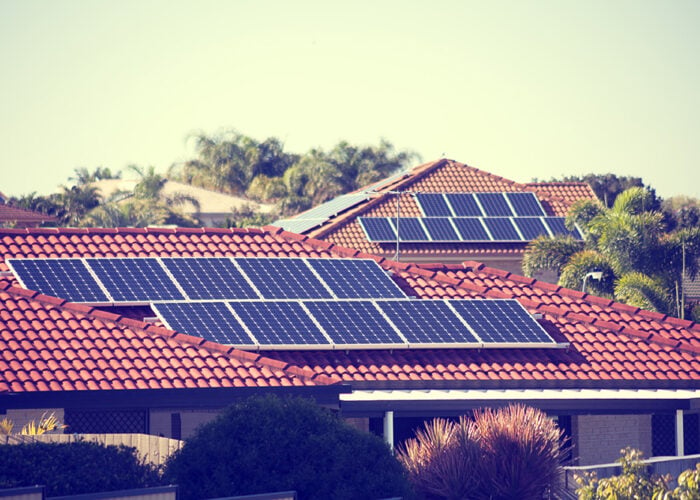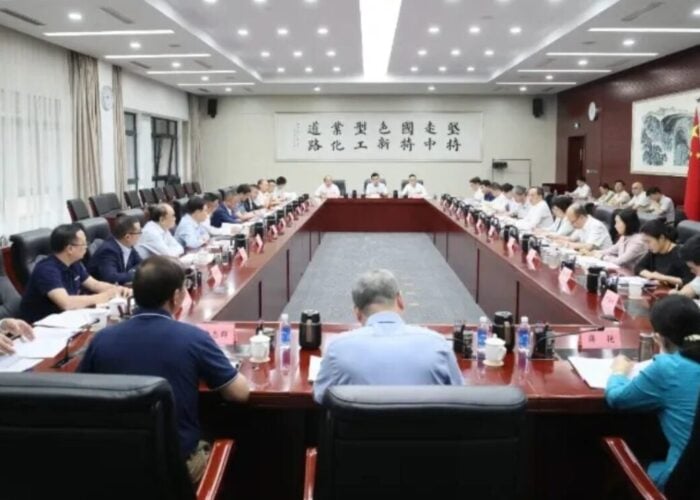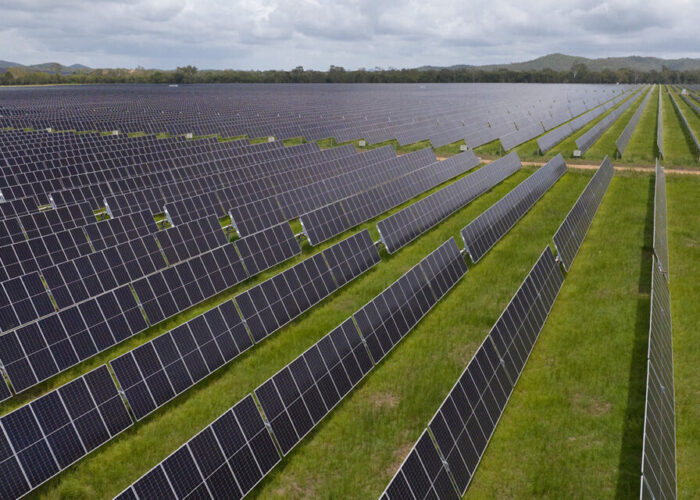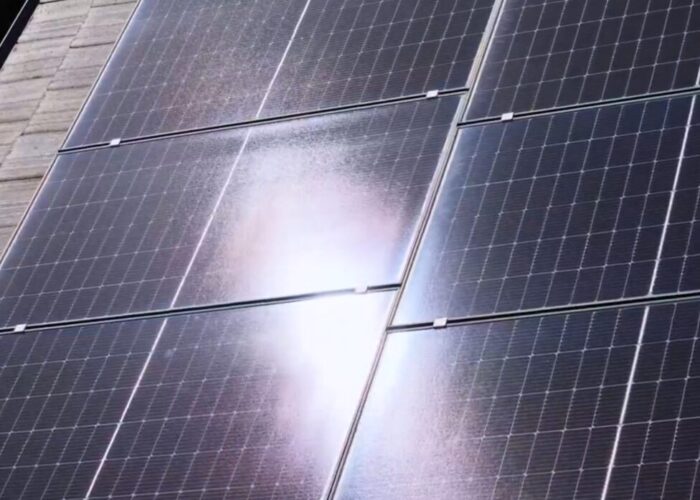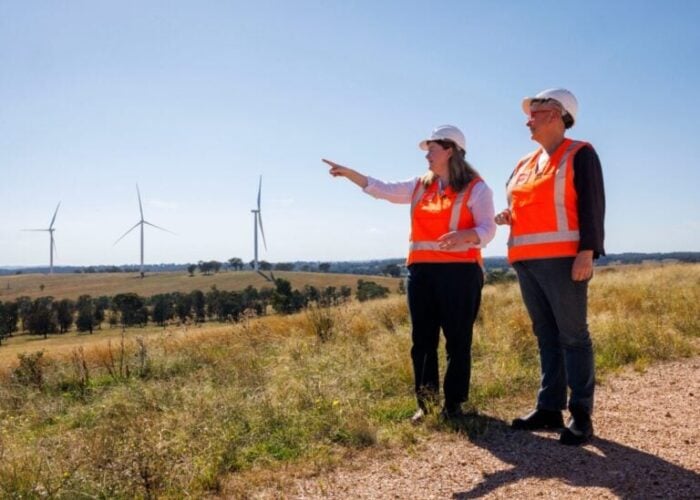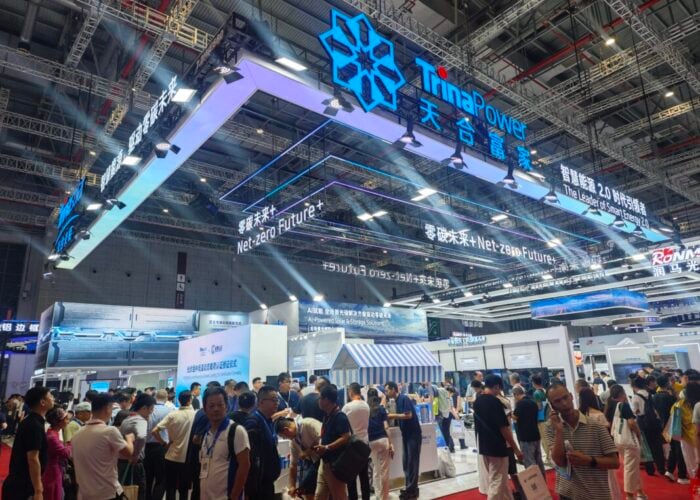
Australia’s national science agency, the Commonwealth Scientific and Industrial Research Organisation (CSIRO), has opened a new AU$6.8 million (US$4.47 million) printed flexible solar cell facility in Victoria.
As confirmed yesterday (30 October), CSIRO launched the facility to bridge the gap between research and development (R&D) and commercialising the organisation’s printed flexible solar cells.
Unlock unlimited access for 12 whole months of distinctive global analysis
Photovoltaics International is now included.
- Regular insight and analysis of the industry’s biggest developments
- In-depth interviews with the industry’s leading figures
- Unlimited digital access to the PV Tech Power journal catalogue
- Unlimited digital access to the Photovoltaics International journal catalogue
- Access to more than 1,000 technical papers
- Discounts on Solar Media’s portfolio of events, in-person and virtual
The process involves printing perovskite solar cells onto thin plastic films, which, according to CSIRO, makes them lightweight and portable. This makes them suitable for various applications in urban construction, space, defence, mining, emergency management, disaster relief, and wearables.
Earlier this year, the organisation claimed to have achieved a new efficiency record for its flexible solar technology, reaching a conversion rate as high as 15.5%.
CSIRO’s facility includes a new pilot-scale roll-to-roll (R2R) printing, coating and lamination machine, installed within a purpose-built climate-controlled ISO-8 workspace.
Despite the potential of the printed flexible solar technology, Dr Anthony Chesman, leader of CSIRO’s Renewable Energy Systems Group, emphasised that it is not intended to replace silicon rooftop solar PV modules but rather to complement them.
“This printed solar technology unlocks entirely new applications for affordable, versatile and sustainable energy generation,” Chesman said.
“Our new system is highly automated. The multiple printing and laminating steps are performed in a single continuous operation, which significantly cuts down on production costs and the upfront investment needed to get started.
“Our team has also developed an automated system that can produce as many as 14,000 test solar cells daily to fine-tune their design and performance. We’re looking for partners to join us on the R&D journey and ultimately take this technology to market.”
CSIRO’s printed flexible solar cell research is the latest innovation in thin-film solar technology, following the development of “paper-thin” solar cells by MIT in December 2022. CSIRO’s research produced two operational cells, one with a conversion efficiency of 15.5% over “a small scale” and one with a conversion efficiency of 11% on a module measuring 50cm2, a record efficiency figure for a cell of this size.
New facility a ‘critical link’ between R&D and industry fabrication
Dr Chesman, speaking exclusively to PV Tech, today (31 October) said the facility is a “critical link between R&D and industry fabrication” and will help quicken the process of bringing the solar cell technology to the market.
“The facility will help industry partners have a greater understanding of what that process will look like on a commercial scale,” Dr Chesman said. “What we’re doing in the lab is using smaller bits of kit and multiple bits of equipment to deposit each of the separate layers that comprise the solar cells.
“This equipment allows us to perform all of these processes on a single piece of equipment in line, so then people understand what it would look like if they were to establish a production capability within their business.”
Dr Chesman also highlighted that CSIRO is looking for partners to help bring the technology to the market. Although the organisation primarily focuses on domestic partnerships in Australia, it hasn’t rejected the notion of international support.
“We are open to all partners but primarily focus on domestic production. For us, the interest is that it’s a lower capital requirement for entry compared to existing silicon manufacturing, so someone could set up a production capability to lower costs, which we think is beneficial for manufacturing in Australia,” Dr Chesman said.
With the opening of the new facility, the question remains on when this new solar cell technology could be widely available to the market. But Dr Chesman remains tight-lipped on this.
“I’m hesitant to put a precise answer to it, but it’s definitely approaching reality sooner rather than later,” Dr Chesman stated.

